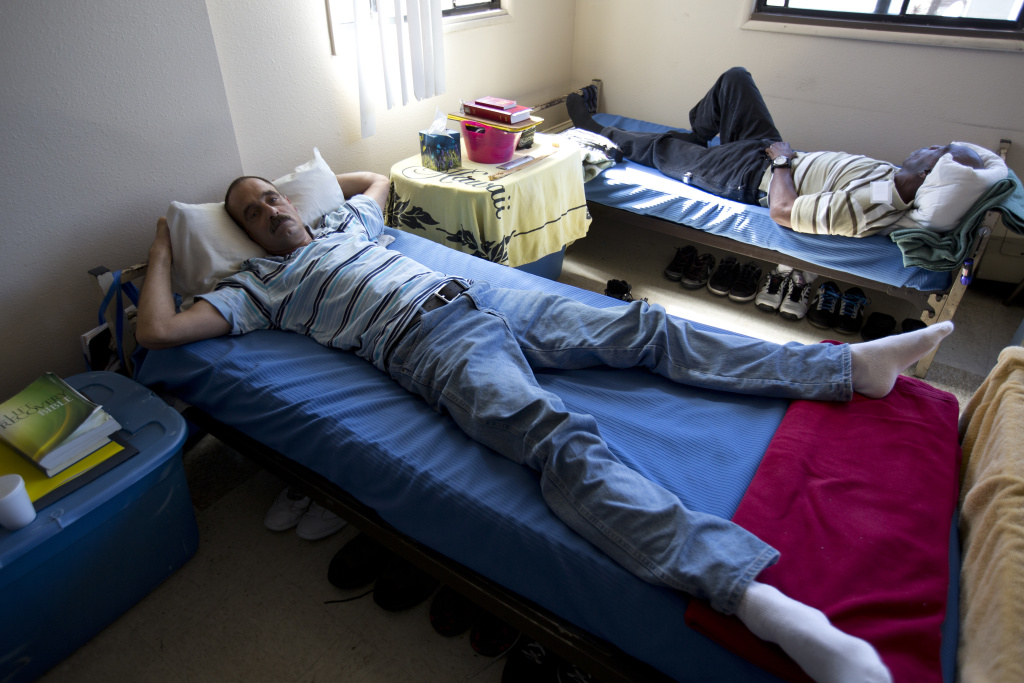Originally posted at California Health Report.
By Robin Urevich.
Los Angeles County’s Department of Health Services is betting it can save money while radically improving the health of some of its sickest and most challenging patients. Last March, county health officials began targeting individuals in South and East Los Angeles who rely on emergency departments or hospitalizations for care and who struggle with more than one chronic disease.
“They suffer from the whole gamut of issues,” said Clemens Hong, a family physician who is medical director of the pilot program, Care Connections, which aims to reach about a thousand patients. Many of them struggle with mental illness, addiction, homelessness, poverty, and a history of childhood trauma, Hong said.
“If we can do it in this group, we can do it anywhere,” Hong said, adding that LA County’s patients are arguably sicker as a group than they are anywhere else in the state.
In recent years, counties, insurers and health care providers are increasingly investing in the least healthy in their populations with an eye on the bottom line, even as the jury is still out on whether and how much most such programs save in healthcare costs.
“Taking care of high-risk, high-cost patients is important for one very clear reason,” said Marci Nielsen, who heads the Washington D.C. based Patient-Centered Primary Care Collaborative, which advocates for primary care. “That’s where there are savings to be achieved.”
A 2012 report by the federal Agency for Healthcare Research and Quality estimated that five percent of U.S. patients accounted for fully half of the nation’s health care spending.
Key to the program in Los Angeles is a small army of some 25 carefully selected community health workers whose job is to build trusting relationships with patients, and work with physicians and nurses to bring them out of emergency rooms and into primary care.
So-called complex care management programs are now in place up and down the state from Humboldt County to San Diego. Elizabeth Davis, M.D., the medical director of care coordination at San Francisco Health Network Primary Care, said participants in the city’s program have 25 percent fewer ER visits and 50 percent fewer hospital days, although it hasn’t affected the rate of readmission to the hospital, a key measure that the Affordable Care Act uses to assess hospital quality.
Managed care, which incentivizes cost savings, is driving much of the investment in complex care management. Under managed care, insurers are paid a flat fee to provide for all their patients’ health care whereas in traditional fee for service care, providers are reimbursed for each doctor visit, test or procedure. The Affordable Care Act is also full of incentives for cost savings and better management of chronic diseases like asthma and diabetes.
“You can’t save any money from a patient population who isn’t spending any money.
Focusing intensive effort where the costs are is the quickest way to get a return on investment,” Nielsen noted.
On a steamy August afternoon, community health worker Brandi Sankey, 36, searched out a shady spot in the courtyard of a Pasadena homeless shelter to catch up with one such high-cost, high-risk patient.
“I’m an alcoholic and I’m anonymous,” Bill said, his way of saying he doesn’t want his real name used. Until 2007, he transported automobiles cross-country and mostly slept in his rig. He stayed near the beach, surfed, and never felt the need for a fixed address, getting by until the economy crashed and he lost his job. “It went down and so did I.” He suffers from diabetes, back pain and seizures.
Bill, 51, wore a baseball cap and layers of clothing on his slender frame topped off with the kind of orange vest highway flaggers wear, despite the 80-degree heat. He answers Sankey’s questions in a gravelly barely audible voice and looks down his nose through reading glasses.
“Your blood sugar level was 157,” Sankey said. Normal levels are below 100, but Sankey noted that it’s important to celebrate progress. “That’s phenomenal. Dr. Ma cheered. She sat in her chair and looked like she was at a sporting event.”
Bill mostly avoids eye contact, but with that comment he meets Sankey’s gaze with a spark of appreciation. She is unfailingly enthusiastic, as she quickly runs through a detailed list of health and lifestyle-related questions.
The two first met more than a month ago when they sat down for a two-hour conversation at the El Monte Comprehensive Health Center just east of Los Angeles where Sankey is based. She asked Bill how he would design his own care plan, and the talk resulted in nothing less than a road map for rebuilding his life.
Because he was homeless, he had no place to store his insulin. His diabetes was out of control, and that not only made him sick, he couldn’t get the dental work he badly wants to replace missing teeth
A health care team that includes Sankey, a physician, and a nurse care coordinator meets weekly to track their progress on Bill’s case, and they appear to be enjoying some early success. Now that he has access to food three times a day, and a place to store his insulin, his diabetes is coming under control
“That’s how the change occurs…once you can meet basic human needs,” Sankey said.
Care Connections seems to be working for Bill, and his team of care providers.
But implementation has been challenging, said Mark Ghaly, a pediatrician who is Deputy Director of Community Health for DHS. Ghaly, who ran a similar program in San Francisco notes that Care Connections is beginning as staff adjust to another massive shift—to patient-centered medical homes.
The program is also designed to increase physicians’ job satisfaction by making them more successful in treating those who haven’t shown up to appointments, taken their medications or seemed careless about their own wellbeing.
“It’s a big culture change to add a new work force,” he said, especially when they their frame of reference is completely different.
“Our teams have largely focused on work inside the four walls of the clinic. Now you add the element of someone who breaks through four walls, someone who knows what pharmacy is not near a dangerous liquor store.”
Additionally, some doctors have been slow to accept the help of community health workers. “There was a lot of resistance,” said Leonor Castro, when she was first assigned to work with her physician at the El Monte clinic. “He wouldn’t even look at me. He was like, ‘I don’t have time.’ That was a bit frustrating. ”
Castro won him over with her work with several patients, including two who were often ill. Castro solved one woman’s problems when she discovered she was taking her many medications incorrectly. Another who was constantly in the ER with atrial fibrillation and fluctuating high and low blood pressure can now simply call Castro for help.
“She’ll say, my blood pressure is this, can you go talk to the doctor? Knowing I’m there has helped to calm her anxiety.”
Now, the physician has changed his attitude. “He’s done a complete 180,” Castro said. “In my evaluation,” he said “I was bringing a new culture.”
Across California, governments and health care organizations have high hopes for complex care management programs like the one Los Angeles County is creating.
The first ones appeared in the 1970s to coordinate care for mental health patients, Davis said. But, now they’re springing up widely and quickly as billions of dollars flow to state and private organizations to build them, even as experts grapple with how best to do so effectively.
Before he came to L.A., Hong surveyed 18 of the most successful programs nationwide, and published his findings in a Commonwealth Fund issue brief last year. Most of the programs reported some cost reductions, but few of the reports were based on formal evaluations.
“The key lesson learned is that people who are high-risk are amenable to care management,” Hong said. “The future will tell whether well designed programs drive reductions in cost.”
Marci Nielsen argued that it takes two to four years to establish the patient-provider relationships that make for successful programs.
Starting later this year, California is expected to receive more than a billion dollars in federal funding to set up complex care management in eight counties with the goal of saving money within 18 months.
The centers for Medicare and Medicaid innovation gave 167 million in funds for such programs in the state, with most of their grantees promising to save more than double the amount of their grants in three years.
In Los Angeles County, Hong makes no specific promises on cost savings; he hopes to show less ER use and fewer hospitalizations as a result of the program, and improved patient health. UCLA researchers will evaluate the program, and the county board of supervisors, which funded it, will decide in the coming years whether to double down.



![Rose Bowl - End Zone Photo.[1]](https://www.pasadenanow.com/main/wp-content/uploads/2015/11/Rose-Bowl-End-Zone-Photo.1.jpg)

